The Chittorgarh Fort of Rajasthan represents the bravery of Rajput’s, the fort has seen many battles in the reign of Mughal’s. The Chittorgah Fort spreads across in the area of 7000 acres and the fort stands at the top of 180 meters. You can witness the first attack by Ala-ud-din-khilji and the sacrifice of Queen Padmawati at Chittorgarh Fort. The people of Chittorgarh explained the historical fights and the beauty of queen Padmawati in a very innovative way and you can observe this once you visit the historical fort Chittorgarh.
In this blog, I will take you to the historical journey of Chittorgarh and together will explore this Rajputana Heritage.
Places to Visit in Chittorgarh
Chittorgarh Fort
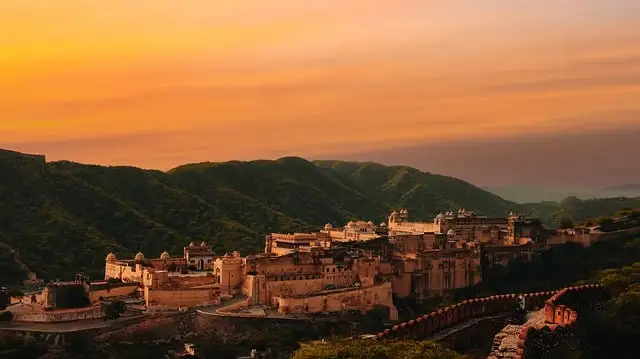
The historic Chittorgarh Fort signifies the royal architecture, the war fought for the kingdom, and the sacrifice of the queen Padmawati. The Chittorgarh fort spans at the area of 7000 acres and to witness the historical monuments like Kirti Stambh, Vijay Stambh, Palace of queen Padmawati, you need to walk a lot. But that’s not the only option, you can take an Elephant Ride to explore the beauty of Chittorgarh. But, when I visit the fort, I prefer to take a walk and explore every part of the fort which has its own significance.
I guess you guys watched the famous movie ‘Padmawat’ and the place where the queen and the womens of Chittorgarh do ‘Jauhar’ was maintained very well. The temples inside the fort and the sacred Gaumukh reservoir mesmerise you, from this point you can enjoy the beautiful view of the fort. If you love discovering the Heritage Site of our country, then you must visit Rajasthan’s Chittorgarh Fort.
Vijay Stambh (Tower of Victory)
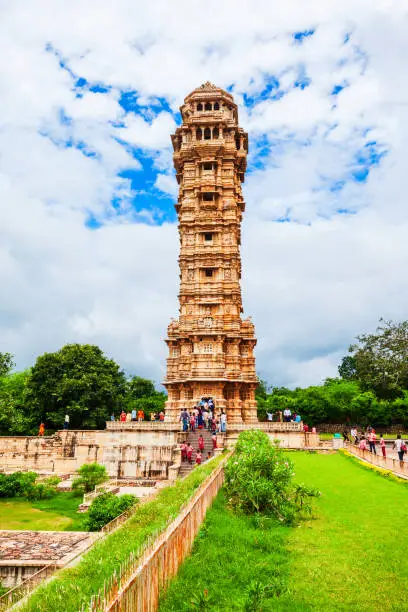
In the 14th century the Vijay Stambh or The Tower of Victory was built by Mahrana Kumbha after defeating the Muslim Rulers of Gujarat. The nine story Vijay Stambh stands tall at Chittorgarh Fort and the architecture of the Victory Tower is splendid. You can take a glimpse at the architect of hindu god and goddess and from the top of this tower you can take a panoramic view of the town – Chittorgarh, Rajasthan.
Kirti Stambh
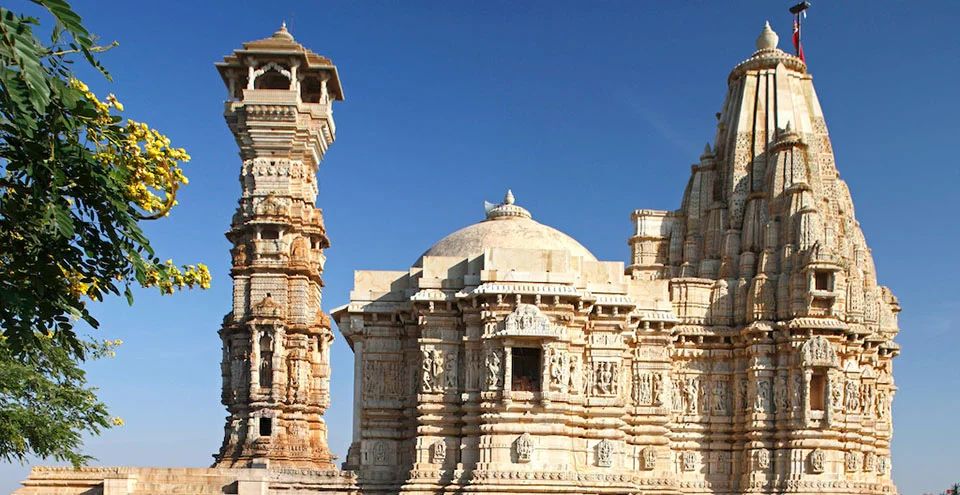
Image credit: https://www.tourism.rajasthan.gov.in/chittorgarh.html
The Rajasthan Chittorgarh, Kirti Stambh was built in the 12th Century by the Jain Merchant. The seven storey Kirti Stambh is dedicated to the Jain Tirthankar, Adinath Ji who was 1st Jain Tirthankar.
Padmini Palace
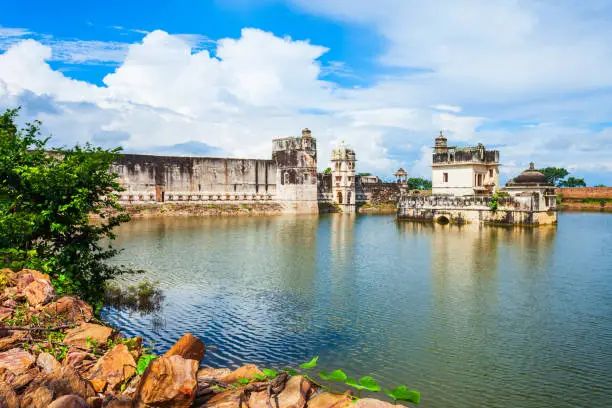
Queen Padmawati is wife of King Rana Ratan Singh and the people of Chittorgarh praised Maharani Padmawati’s beauty lavishly. The Palace of Maharani Padmawati is situated in the middle of a pond in the name of the queen itself. It was believed that Ala-ud-din-khilji saw the water image of queen Padmawati and was fond of her. The Padmawati Palace was built inside the Chittorgarh Fort of Rajasthan.
Gaumukh Reservoir
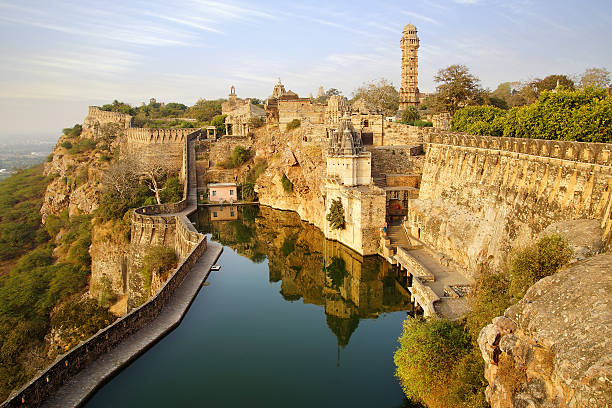
Gaumukh Reservoir is a sacred place where the water is filled and beside the Gaumukh Reservoir, the temple of Shiva is situated and the devotees poured water to Shiva Linga from the Gaumukh Reservoir. The name Gaumukh is derived from the rock which is formed in the shape of a cow.
Fateh Prakash Palace
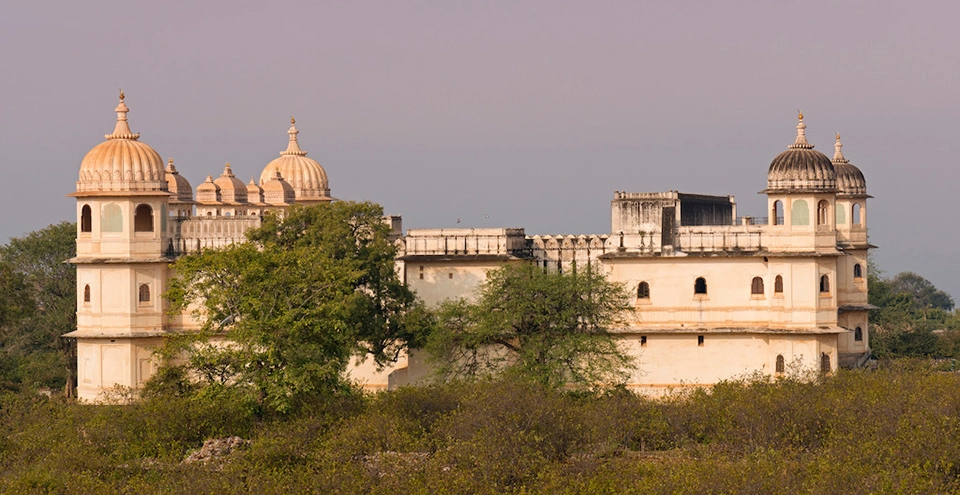
Image credit: https://www.tourism.rajasthan.gov.in/chittorgarh.html
The Fateh Prakash Palace was built in the Rajputana Style for the residential purpose by Maharana Fateh Singh. The Rajputana architecture Palace is now converted into Musuem by the Government, where you take a glimpse of artefacts, wooden crafts, weapons of traditional style, the traditional Rajputana costumes and the architecture of the palace at Chittorgarh, Rajasthan. The timing to visit the palace is from 9:45 am to 4:45 pm.
Ratan Singh Palace
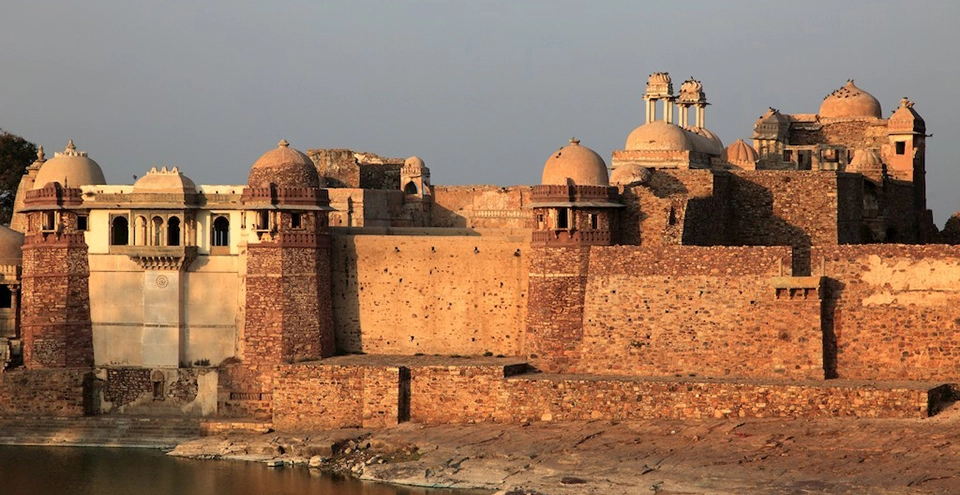
Image Credit: https://www.tourism.rajasthan.gov.in/chittorgarh.html
The Chittorgarh Ratan Singh Palace was once lived by Maharaja Ratan Singh during the winter season. The place is quite interesting from a tourist perspective.
Rana Kumbha Palace
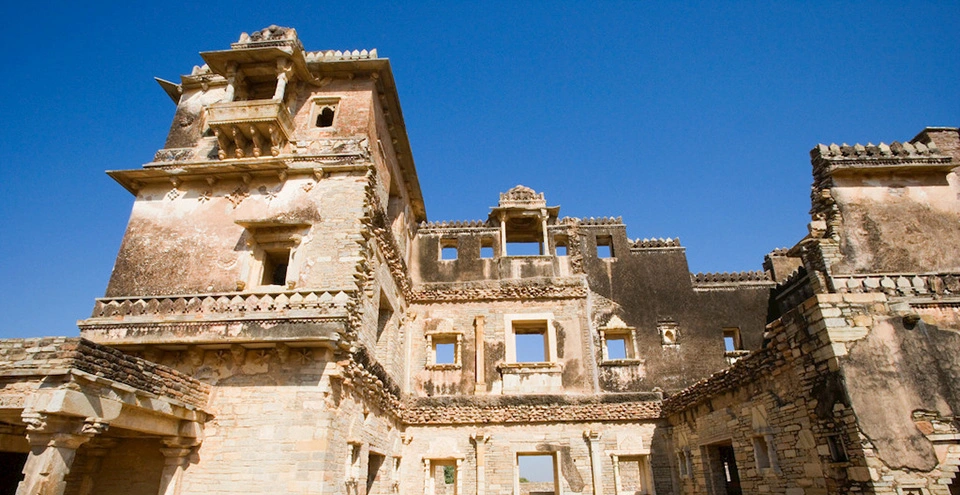
Image Credit: https://www.tourism.rajasthan.gov.in/chittorgarh.html
The Chittorgarh’s Rana Kumbha Palace was built by the then Maharaja Kumbha which has its own rajputana architect. The Palace is built in a structured format which has Tripoli Darwaza placed at the entrance of the palace. Nowadays the Rana Kumbha Palace is ruined but due to its significance, the government is concerned for the restoration.
Jaimal and Patta Palace
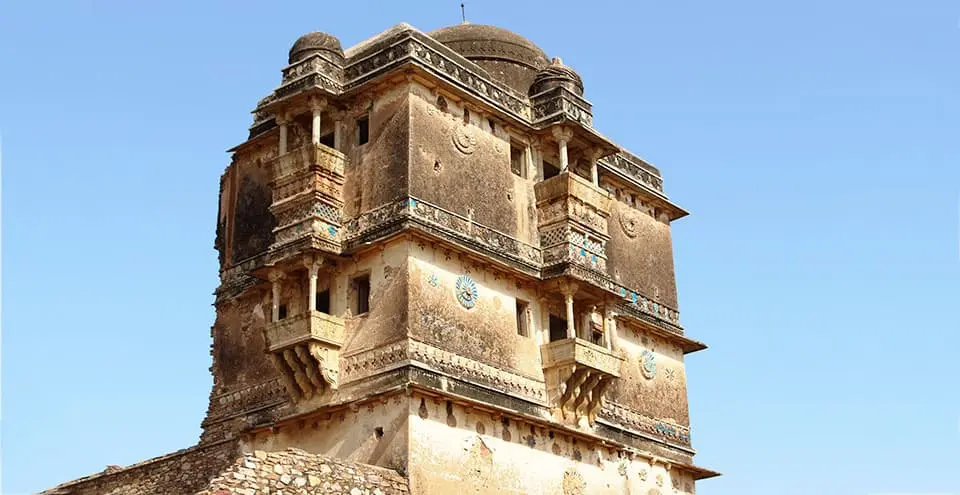
Image Credit: https://www.tourism.rajasthan.gov.in/chittorgarh.html
The Palace of Jaimal and Patta was built at the top of hills of Chittorgarh Fort and the palace is the symbol of bravery. In the war between Maharana Uday Singh and Akbar, both Jaimal and Patta fought for the family of Maharana and lost their lives. After that the palace was built in their name which was later removed by Aurangzeb.
Kalika Mata Temple
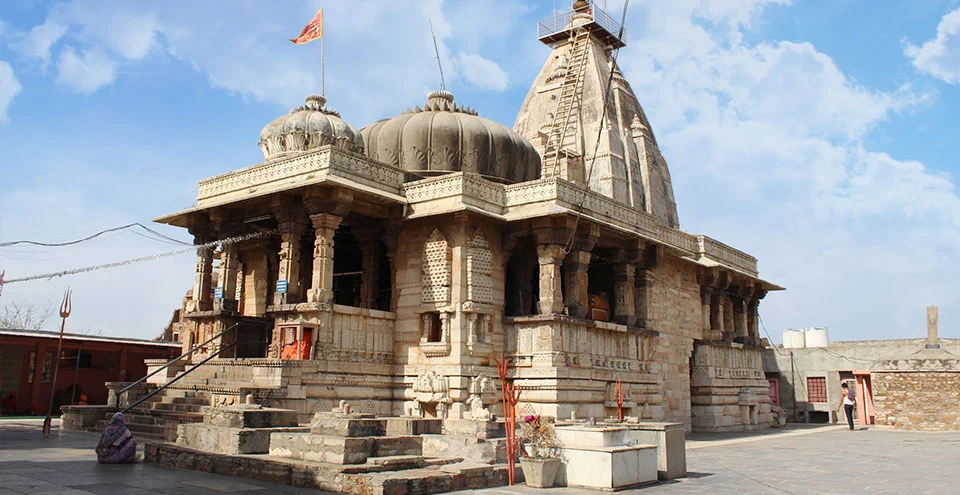
Image Credit: https://www.tourism.rajasthan.gov.in/chittorgarh.html
The Kalika Mata Temple was built in the 8th century and later in the 14th century the temple was rebuilt by Maharana Hameer Singh. The temple is dedicated to Hindu Goddess Maa Kalika which symbolises power and strength.
Meerabai Temple
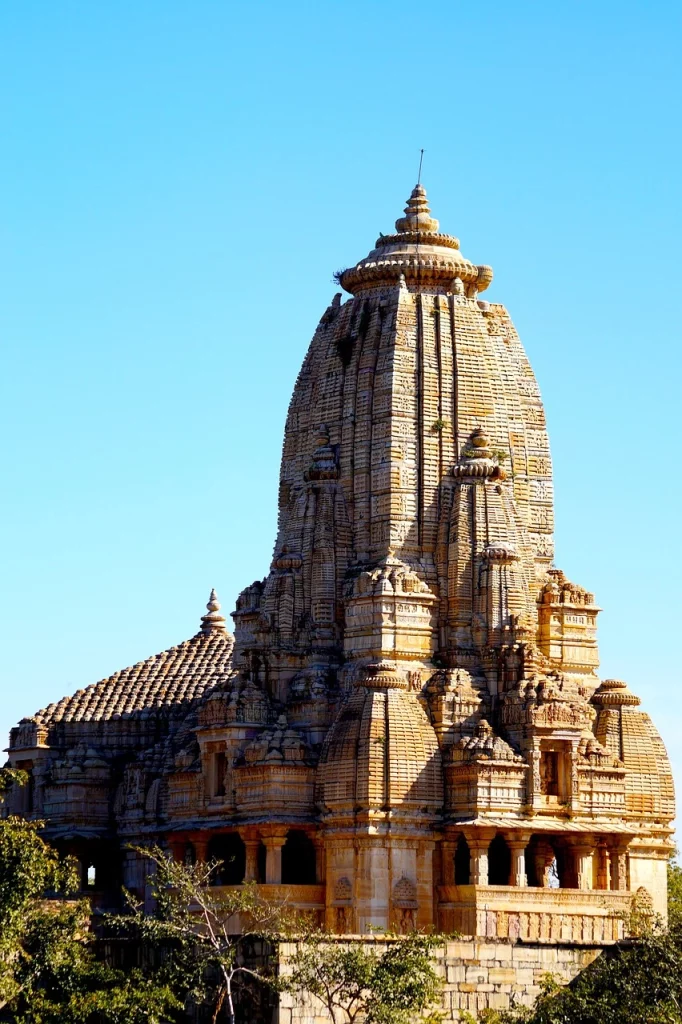
Meerabai, the devotee of Lord Krishna worshipped at the Meerabai Temple which is designed in the North Indian Style. The architecture and design of the temple are beautiful, and the pavilions at the corners of the Meerabai Temple look elegant.
Tulja Bhavani Temple
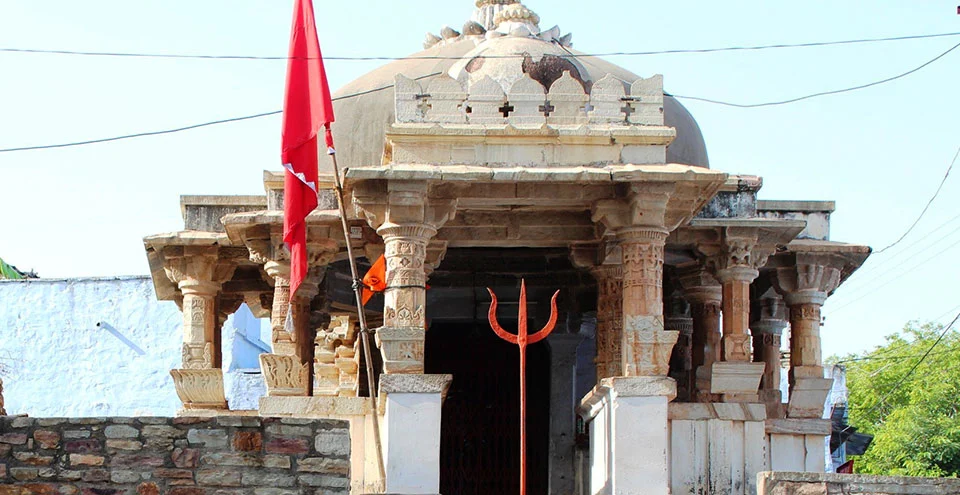
Image Credit: https://www.tourism.rajasthan.gov.in/chittorgarh.html
The Temple of Tulja Bhavani was built in the 16th century by Prithvira’s Maid, Banveer. Later the Chittorgarh Fort was dominated by the Marathas who placed the idol of Tulja Devi in the Temple, hence, it is known as Tulja Bhavani Temple.
Kumbha Shyam Temple
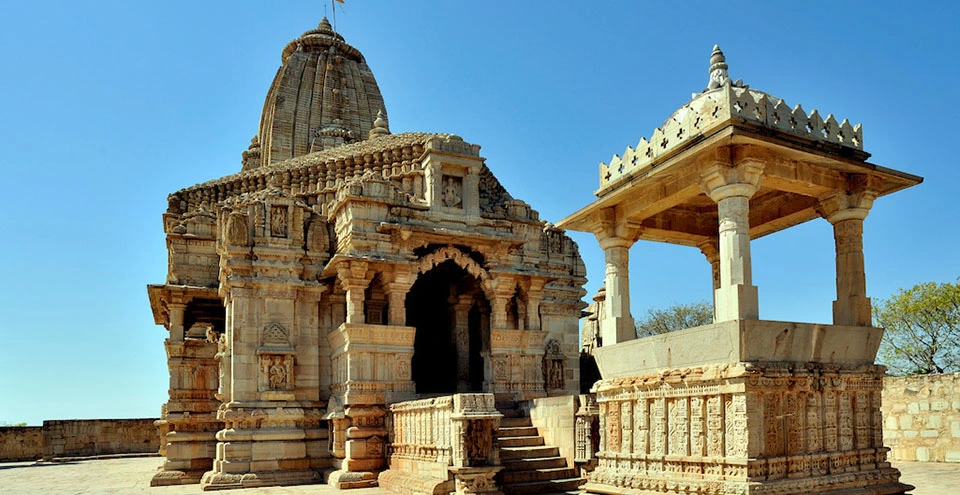
Image Credit: https://www.tourism.rajasthan.gov.in/chittorgarh.html
The Temple was built in the 8th Century and the statue of Lord Varaha was placed in the temple. But later in the 16th century the Kumbha Shyam Temple was rebuilt by Maharaja Kumbha in the Indo-Aryan style and the statue of Lord Kumbhashyam was placed in the temple.
Bhainsrorgarh Fort
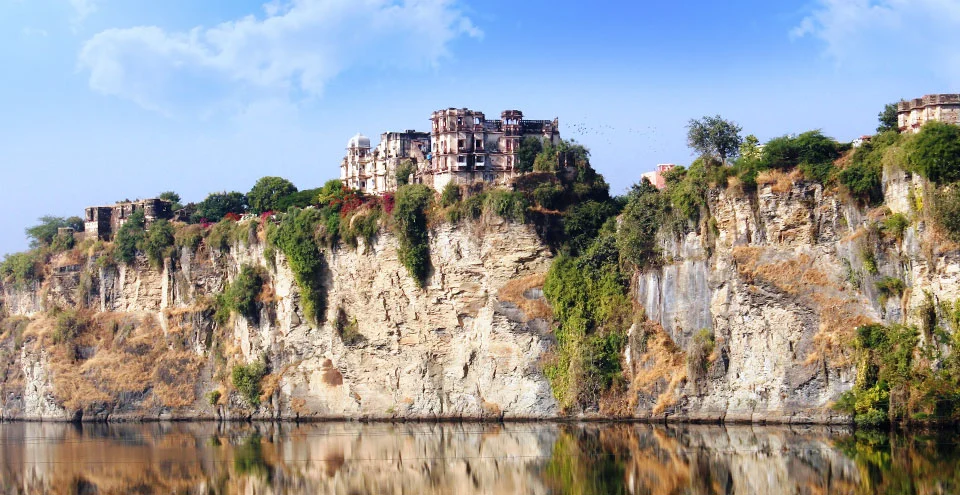
Image Credit: https://www.tourism.rajasthan.gov.in/chittorgarh.html
Bhainsrorgarh Fort was built by Rawat Lal Singh – II in the 17th century which is at the height of 200 feet and the fort is surrounded by Chambal and Brahmani Rivers. The Bhainsrorgarh Fort is now converted into a luxurious hotel at the Aravali ranges.
Baroli Temple
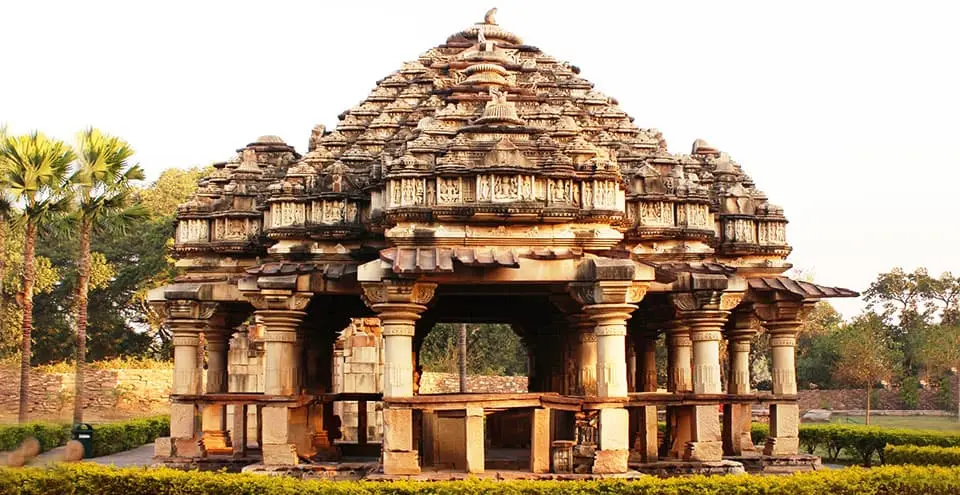
Image Credit: https://www.tourism.rajasthan.gov.in/chittorgarh.html
The ancient Hindu Temple Baroli was built in the 9th century which is situated at the Brahmani and Chambal Rivers in Rawatbhata which is 115km from Chittorgarh District. In the Baroli Temple, the idol of Lord Shiva is worshipped, and if you want to experience the hindu architecture then plan for the Baroli Temple.
Sanwaliya Ji Temple
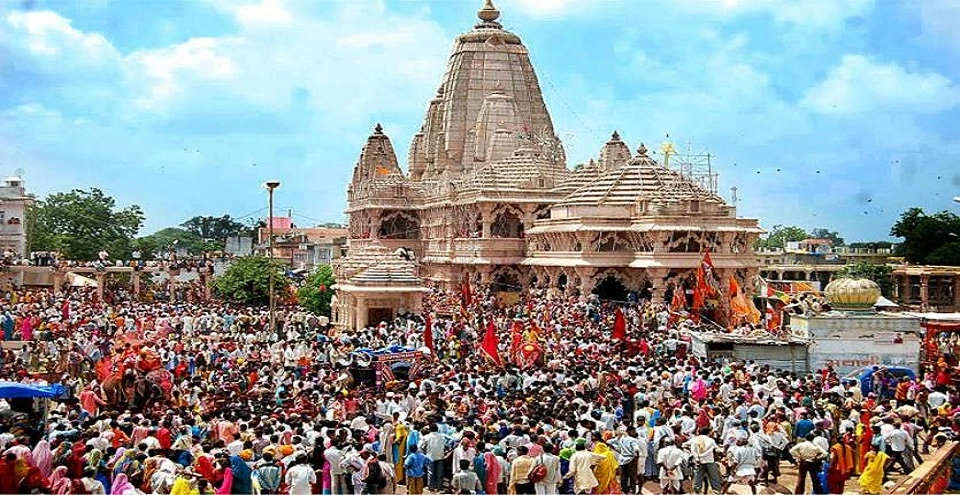
Image Credit: https://www.tourism.rajasthan.gov.in/chittorgarh.html
The famous temple Sanwaliya Ji is built at the highway of Udaipur and Chittorgarh and every year hundreds and thousands of devotees worship the idol. If you visit the temple, don’t miss the aarti and rajbhog.
Samideshwar Temple
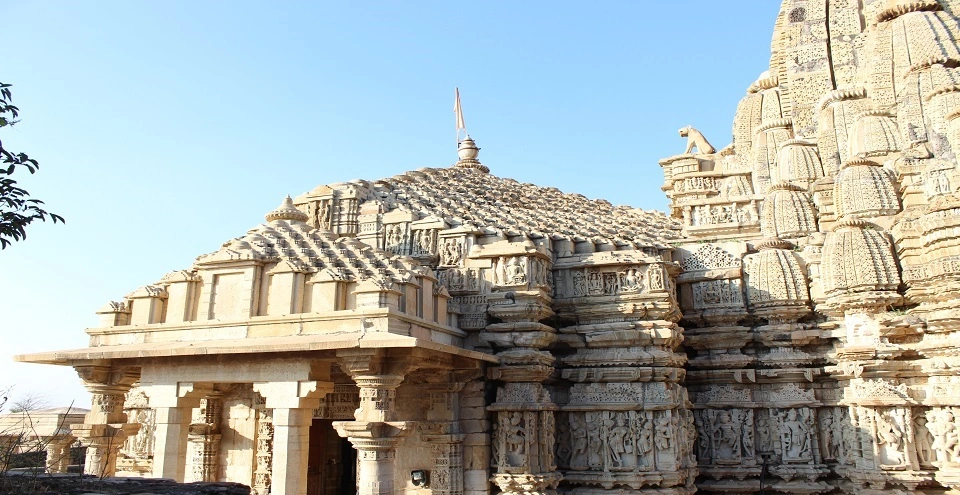
Image Credit: https://www.tourism.rajasthan.gov.in/chittorgarh.html
The temple was built in the 11th century by Parmar Raja Bhog of Malwa. The architecture of this temple is immensely beautiful and you can’t take your eyes off it. At the Samideshwar Temple, the idol of three faced Lord Shiva which was worshipped by the devotee.
Bhamshah ki Haveli
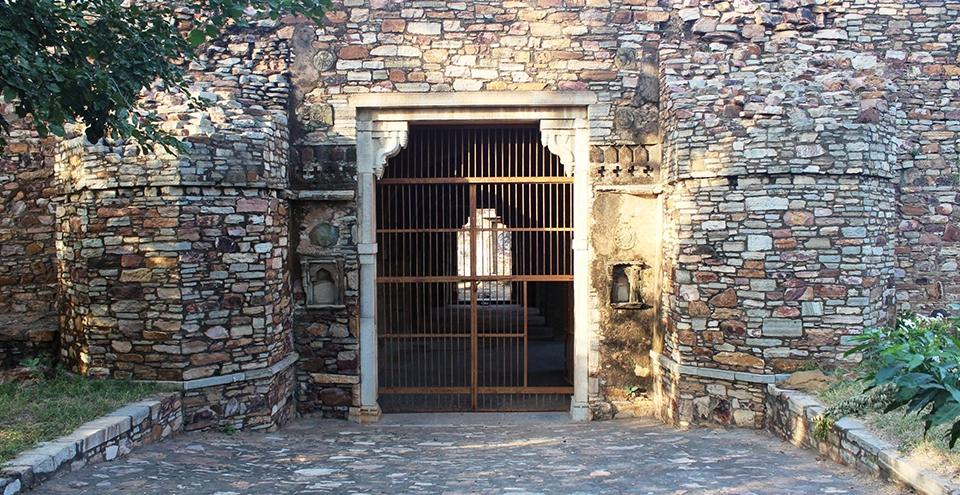
Image Credit: https://www.tourism.rajasthan.gov.in/chittorgarh.html
Bhamshah was a Rajput warrior who fought various battles under Maharana Pratap including the famous HaldiGhati War. The Bhamshah Haveli is now under the Archeological Survey of India and near haveli, Mahadev Temple is placed, and also has moti and naagin bazaar. If you are planning to visit Chittorgarh, then don’t miss to visit the Bhamshah ki Haveli.
Bassi Village and Wildlife Sanctuary
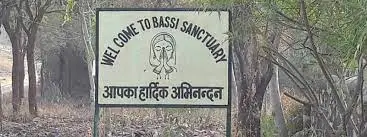
Image Credit: Google
The Bassi Village was built in the 16th century and famous for the wooden art, even the temples which are built are of wooden. The Wildlife Sanctuary in the Bassi Village was built in 1988 at the Vindhyanchal hill range. Earlier the forest was used by Mahraja’s for hunting, now you can enjoy the wetlands habitats, trees and variety of animals including the migrant bird Orai, Bassi, Sarana and Sarus Crane.
Light and Sound Show
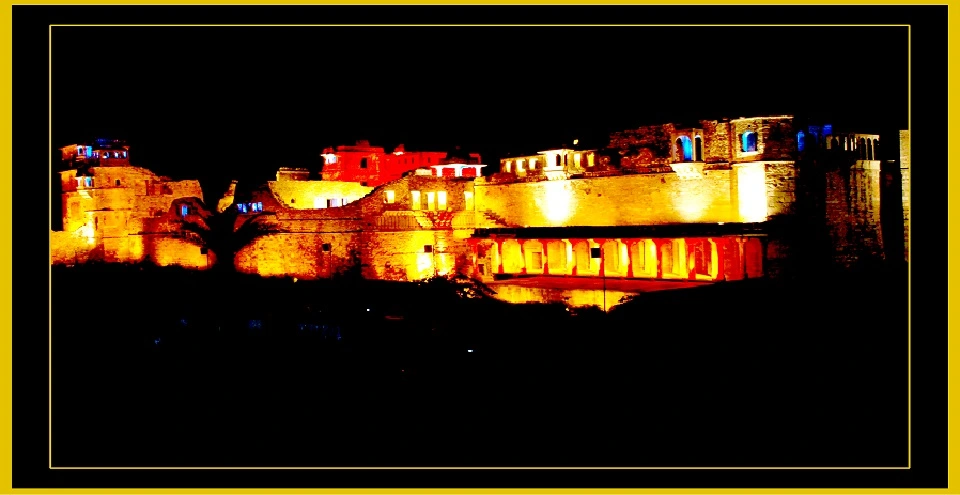
Image Credit: https://www.tourism.rajasthan.gov.in/chittorgarh.html
The Light and Sound Show at the Chittorgarh Fort was organized by the Rajasthan Tourism Development Corporation on a daily basis after the sunset of Kumbha Mahal at Chittorgarh Fort. In the Light and Sound Show, the history of Chittorgarh was presented to the tourists. Before planning the show, check the website or contact at 01472 241238.
Best Time to Visit Chittorgarh
To visit Chittorgarh, October to March is the ideal time, because in other months Rajasthan is too hot to bear.
How to Reach Chittorgarh
- By Air: Maharana Pratap Airport is the nearest airport from Chittorgarh
- By Train: Chittorgarh Junction Railway Station. The Railway Station is only 7km away from the Chittorgarh Fort
- By Road: Chittorgarh is well connected with major cities and buses are easily available.
Final Thought
In the majestic journey of Chittorgarh, Rajasthan, we explored the rich culture, architecture, the deep meaning behind each place and the sacrifices of our ancestors for Mother India. Rajasthan’s Chittorgarh is not just a fort, it connects us with our civilisation, the rich history of India and the bravery of the Rajput Kingdom. If you love to explore the heritage and culture of India, then add Chittorgarh in your bucket list.
Pack your bag and explore the unexplored places with Hema…

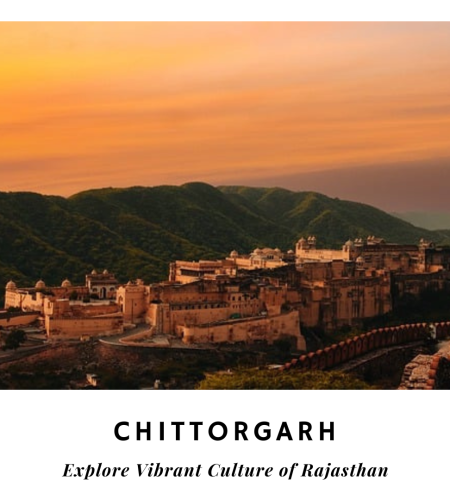
Comments